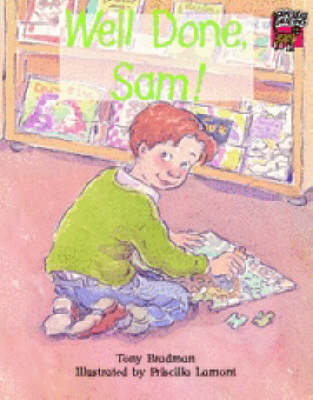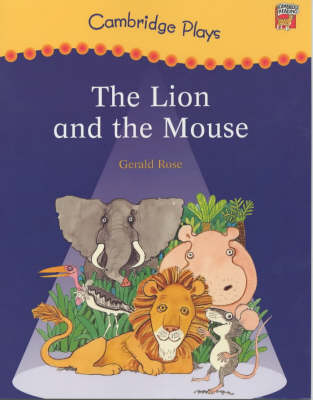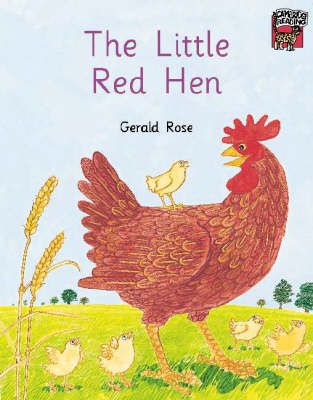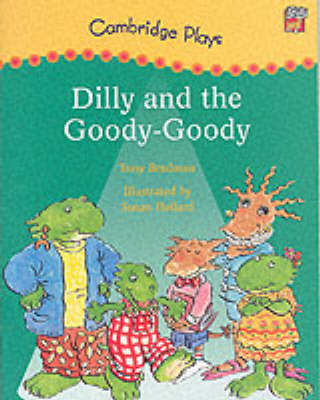Cambridge Reading
229 total works
Beginning to Read: Teacher's Resource Manual (Fiction) American English Edition
by Richard Brown and Kate Ruttle
Beginning to Read: Black Line Masters for Phonics Books American English Edition
by Gillian Brown and Kate Ruttle




